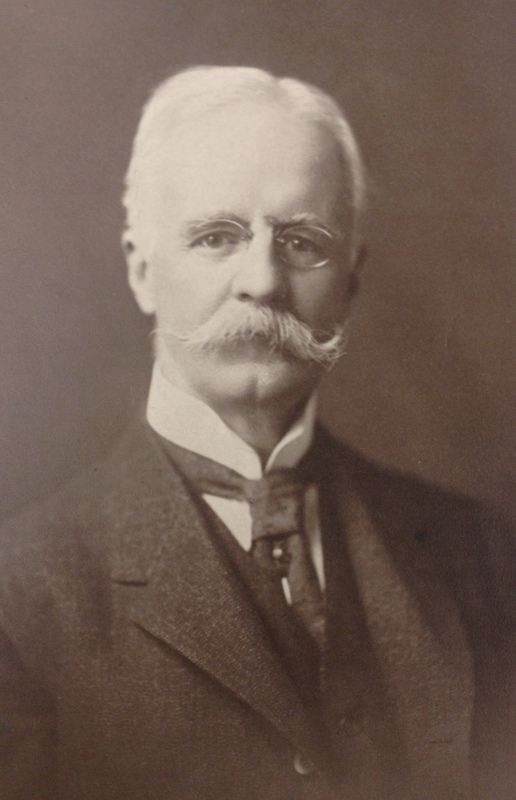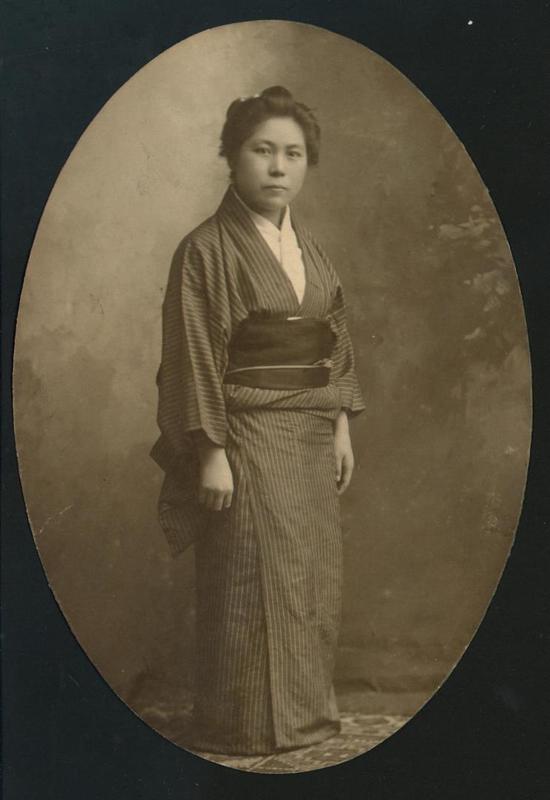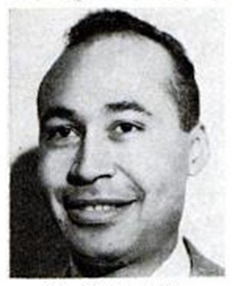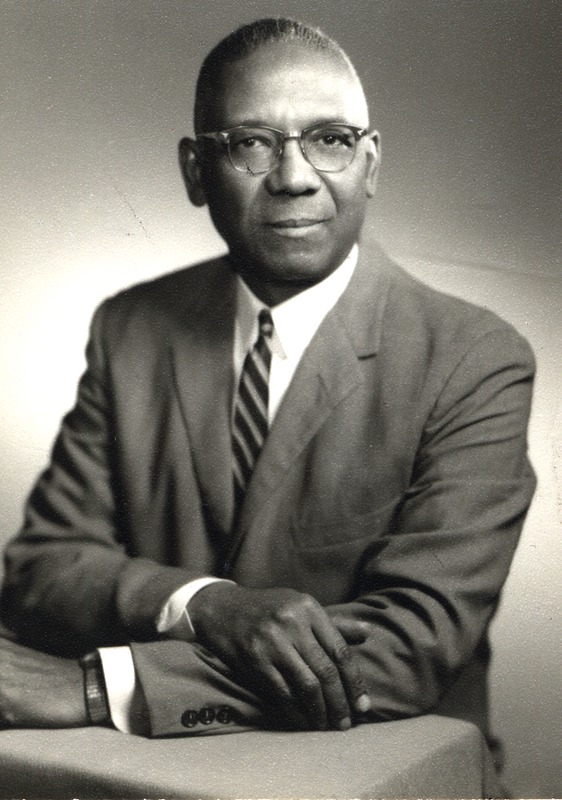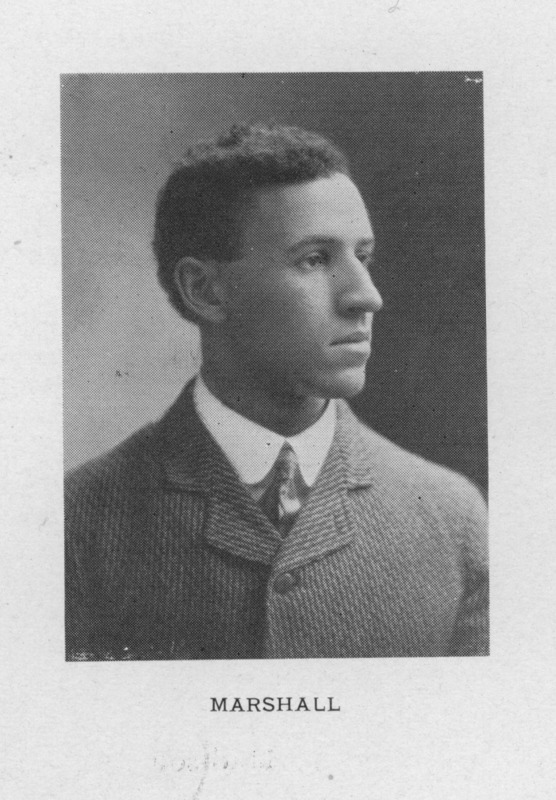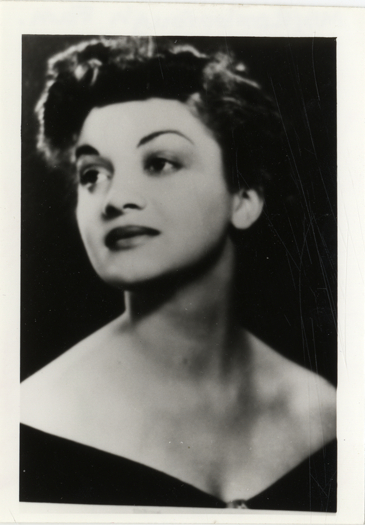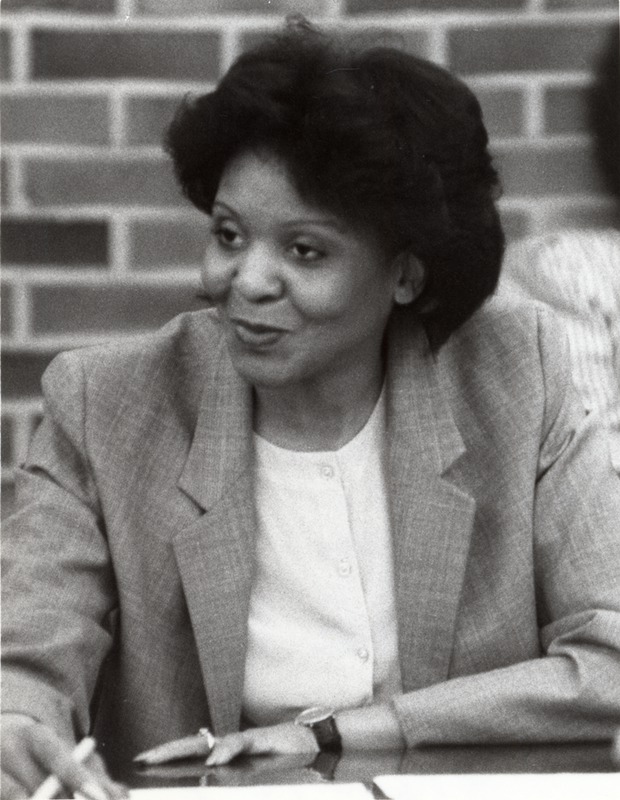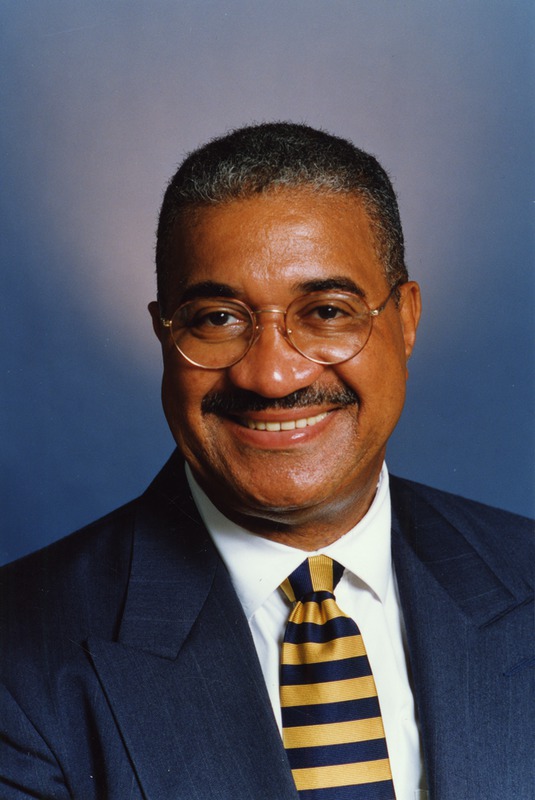Student Background
The richness of the campus experience is reflected in the widely varied origins and daily lives of students of all backgrounds.
First Asian Students
Barbour Scholars
The Barbour Scholarships for Oriental Women (now known as the Rackham Barbour Scholarship for Asian Women) were created at the bequest of Regent Levi L. Barbour in 1914. The scholarship program was intended to support the studies of exceptional female students from the "Orient", encompassing the large region extending from Turkey in the west to Japan and the Philippines in the east.
In the 1930 President’s Report to the Regents, the Advisers of Women reported that there were 32 Asian women at Michigan, most there through the Barbour Scholars and Barbour Fellowships programs. These students primarily lived in University dormitories, though some lived in community homes. The graduate students lived in apartments. She wrote that they “contributed to dormitory living” and “have made easy adjustments” because of their cultured ways and the interest (or perhaps, curiosity) the community had in them.
Japanese Students
In 1900, there were eight students from Japan at the University of Michigan. While not the largest group of Japanese students to be enrolled – that was in 1889-90 when there were 21 – the Detroit Free Press was intrigued by these students and featured a lengthy article about them. One, the only woman and only medical student, lectured throughout Detroit. The author remarked that these students “are received with open arms on their return to the island empire, where positions of trust and responsibility are open to them.”
Sharkeswari Agha
Sharkeswari Agha received a B.A., M.A., and LL.B. from the University of Allahabad; then she completed her Master’s degree in Education at U-M in 1930. In India, she later served as the head of the Teacher Training Department of Crosthwaite College for Women.
Student Stories
Cornelius Golightly
After graduating from Talladega College, Cornelius Lacy Golightly completed both his Master’s degree and Ph.D. in Philosophy at the University of Michigan. In 1939, his essay on the topic “What Influence Would a Bible of Mankind Exert on the World of Tomorrow” was first-prize winner in a competition held by the New History Society. He taught Philosophy and served as associate dean at Wayne
Clarence Norris
Clarence Norris entered U-M in 1923. He found housing with a local African American minister's family and later earned food and lodging working as a janitor in a fraternity house. He became active in local churches and joined the campus Negro Caucasian Club. Norris encountered discrimination in campus restaurants as well as in the classroom, but he also had a number of positive experiences with white faculty members and community members. He taught at Bishop College in 1928-29 and returned to Ann Arbor to complete his Master's degree in Sociology in 1929.
Eugene Marshall
Detroiter Eugene Marshall attended Detroit Central High School and the University of Michigan; in 1906 he earned debating honors at the University of Wisconsin. As a senior in the Law Department in 1902, he was one of only 28 African American students at the University.
From the Michigan Daily: "Eugene Marshall, the colored orator, who graduates from the law department in June, has already several openings for his life work. He has an offer from the Collegiate Prohibition Association to travel through the south delivering lectures. He has also offers of positions as a teacher in two Baptist colored colleges.”
"Marshall has been working his own way through college. While doing it, his life has not been a bed of roses. He came here with $50. After paying $45 tuition fees in the University he was left with $5. With this small start he has made his way. He is employed at the Sigma Phi house. He is a hard student and to find time to study in addition to his work he sleeps few hours."
Elsie Roxborough
Roxborough came from a prominent African American Detroit family. While on campus in the thirties she was acquainted with Arthur Miller, who spoke quite favorably of her. Elsie and her family were often cited in the society columns of African American periodicals such as The Chicago Defender and The Michigan Chronicle. She was said to be romantically linked to Joe Louis and to Langston Hughes. By the time of her graduation in 1937 she was already an accomplished playwright. Roxborough settled in New York City where she continued to write regularly for various major periodicals. At some point she began to pass as white. In 1949 she was found dead in her apartment of a possible suicide.
Student Advocates
E. Royster Harper
As Vice President for Student Life, E. Royster Harper plays a significant role in the success of U-M students. Her office is responsible for a wide range of student-oriented services such as Housing, the Program on Intergroup Relations, Health Services, Counseling and Psychological Services, Student Legal Services, Services to Students with Disabilities, Career Center, Greek Life, and many more. Her office helps to support students in all aspects of their lives while they are here. Harper and President Mary Sue Coleman have met monthly with students for "fireside chats." She also works directly with students and student leaders in grappling with challenging campus issues.
Jim Toy
Jim Toy, the son of a Chinese father and Scottish-Irish mother, achieved distinction as a long-time advocate for lesbian, gay, bisexual, transgender and queer (LGBTQ) persons. After completing his music degree at Michigan, he joined others to establish the Ann Arbor Gay Liberation Front. In 1971, he co-founded the University’s Lesbian-Gay Male Programs Office, the first of its kind in the country. (The office is now known as the Spectrum Center.) Toy worked tirelessly toward including gender identity, gender expression and sexual orientation in U-M’s non-discrimination policies. His work on behalf of equality continued with a staff appointment in the U-M Office of Institutional Equity.
Tom Goss
Tom Goss was born in Knoxville, Tennessee in 1946. In 1964, he enrolled at the University of Michigan. He played for the football team as a defensive lineman from 1964 to 1968. He was selected as a first-team All-Big Ten Conference defensive end in 1968. He received a Bachelor of Science degree in physical education in 1968. Goss was U-M's ninth athletic director, serving from 1997 to 2000.

Diversity in Student Life

Studies in Diversity

